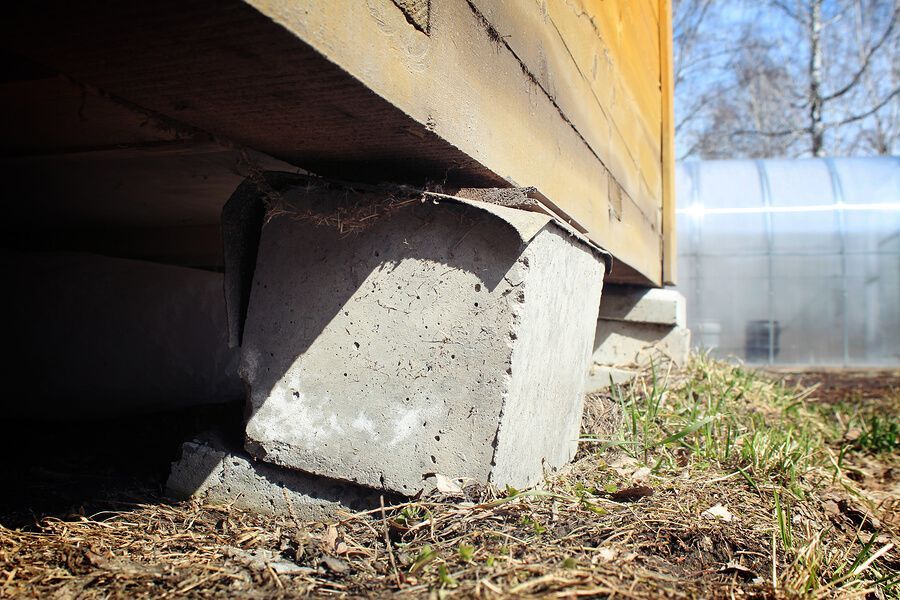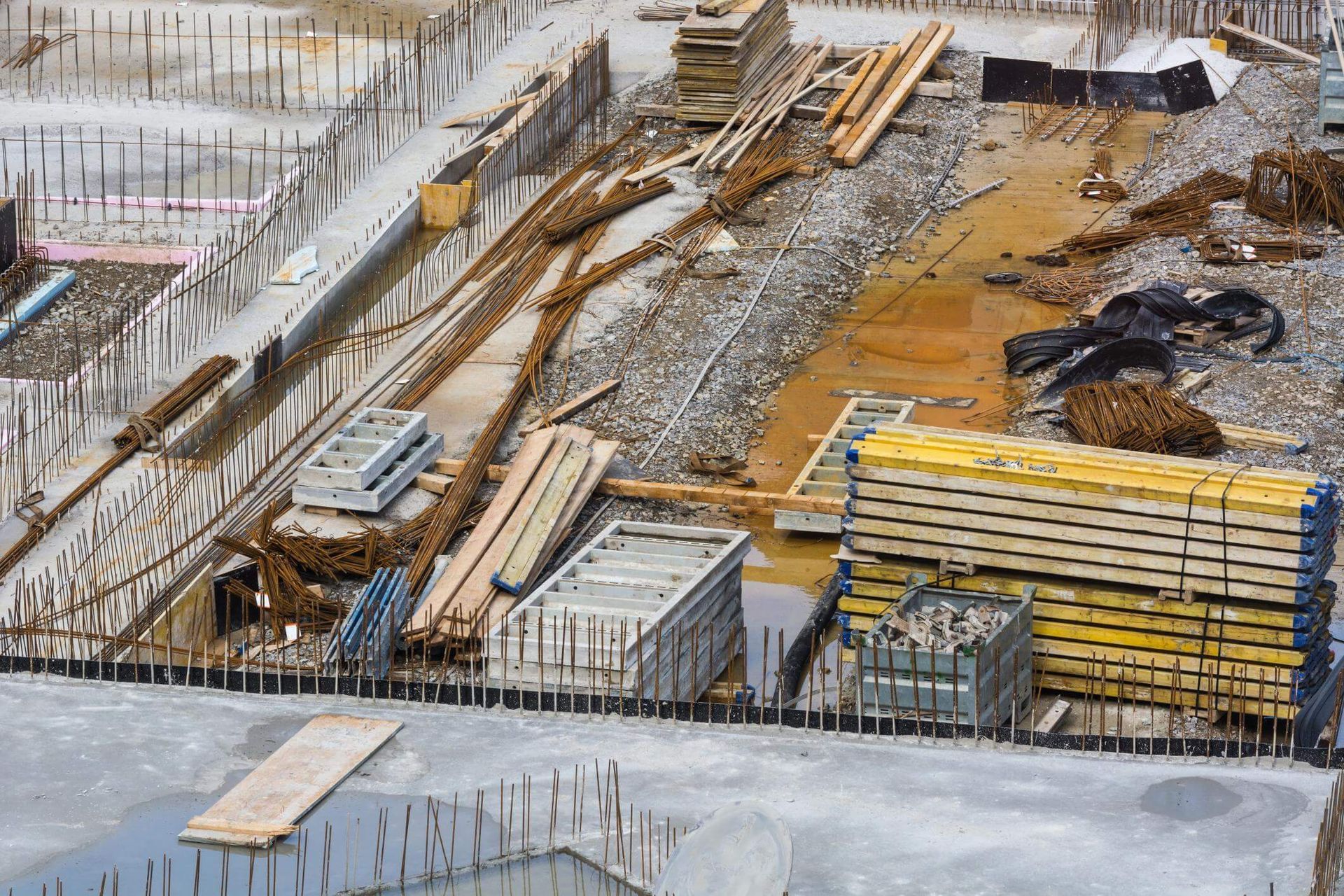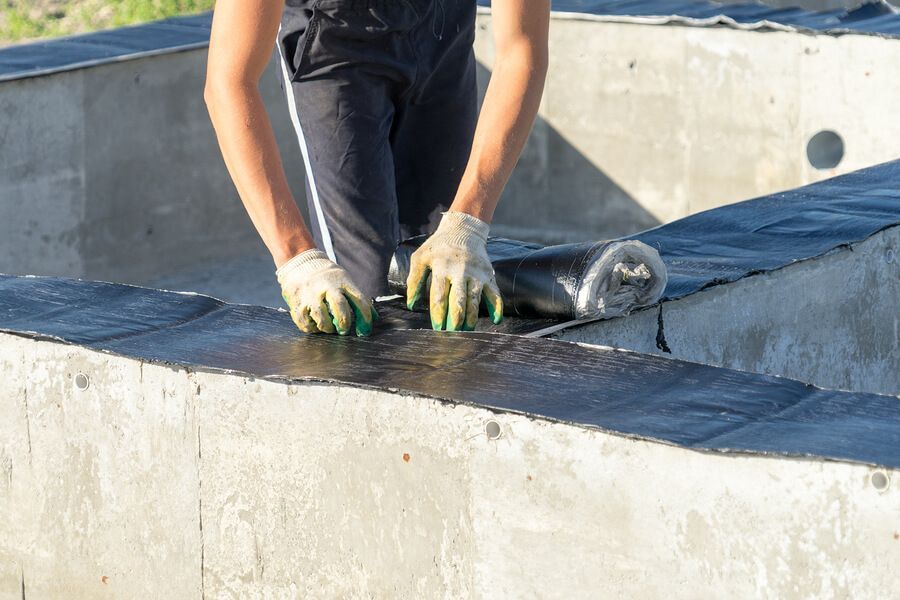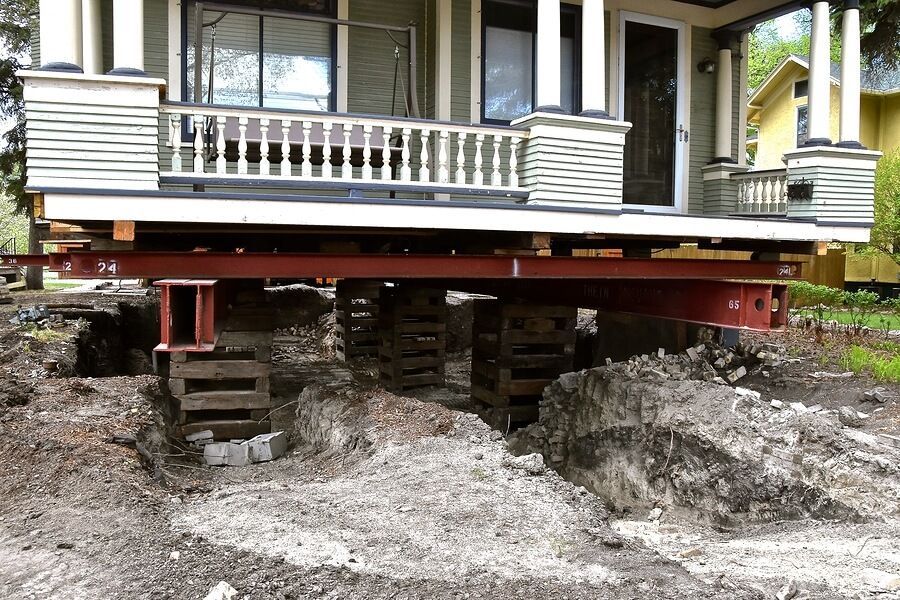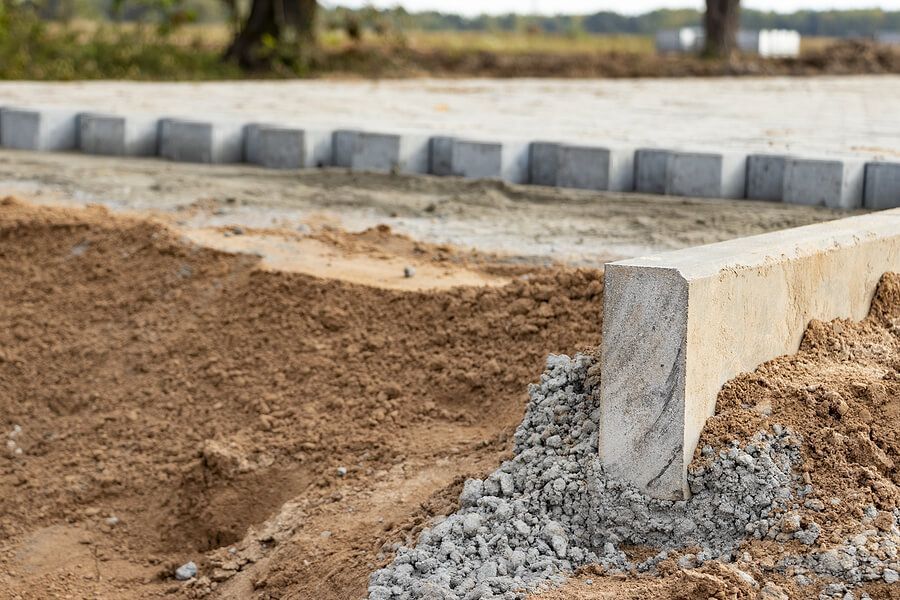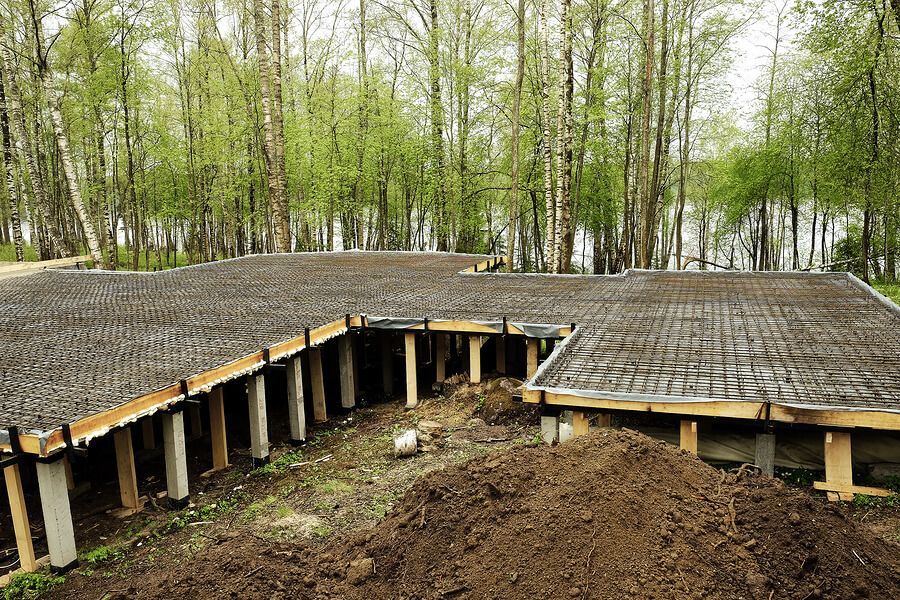Foundation Leveling and Home Insurance: A Guide to Safety and Security
Strengthening Foundations: Insurance & Home Care
Homeownership is a journey filled with responsibilities, and one of the most critical aspects is maintaining the structural integrity of your home. Foundation leveling is a key concern due to its complexity and significant impact on your property's safety and value. This comprehensive guide will explore the nuances of foundation leveling, its importance, and how it relates to home insurance.
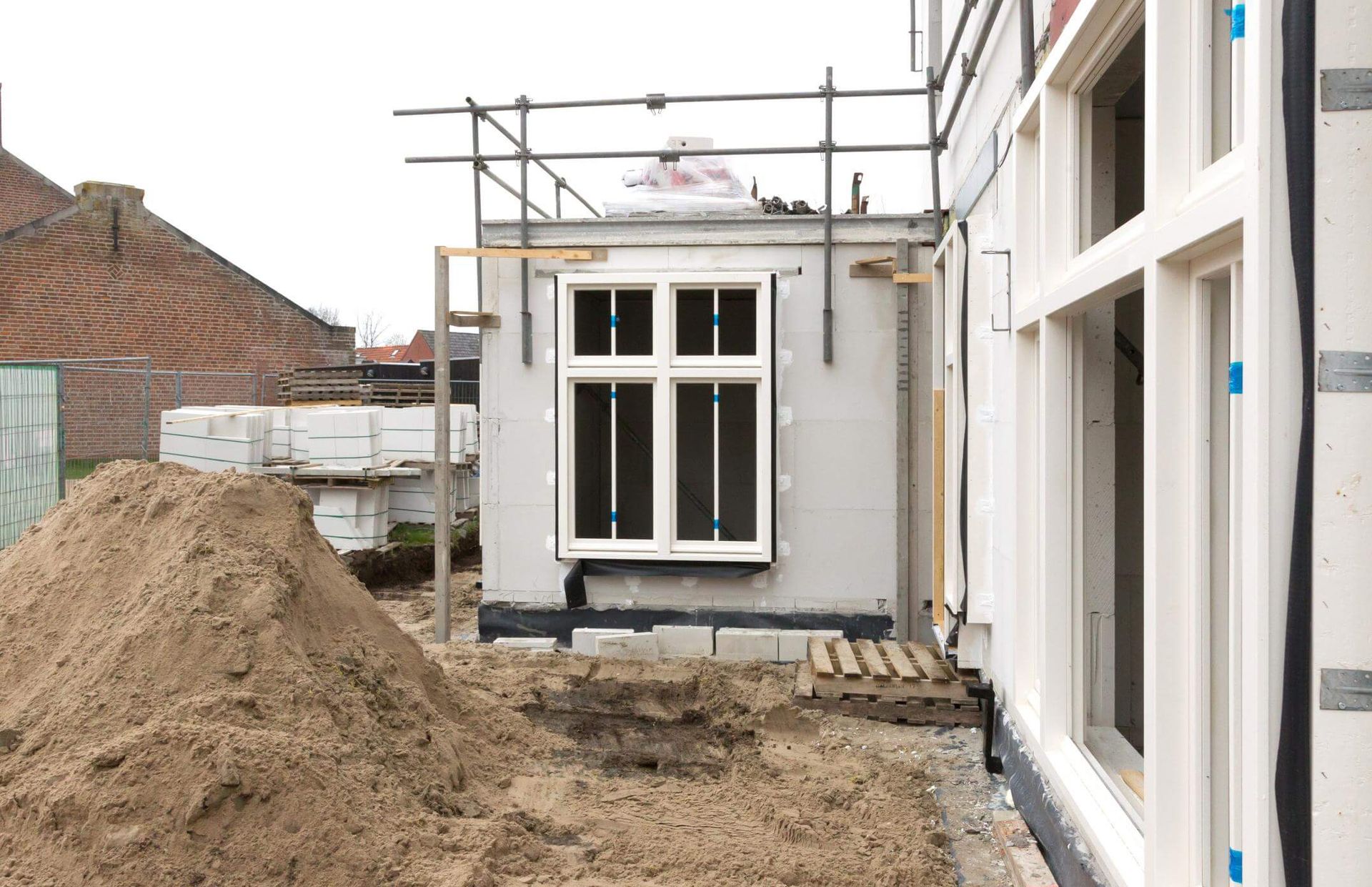
The Critical Role of Foundation Leveling
The foundation is not just the physical base of your home; it's the crucial element that ensures stability and longevity. Issues such as shifting soil, moisture imbalance, and natural deterioration can lead to uneven floors, cracked walls, and doors that won't close properly. Foundation leveling, which includes house leveling, concrete leveling, and mud jacking, is a technical process designed to rectify these issues. It's not just about fixing immediate problems – proper leveling also prevents future structural damage, preserving the value and safety of your home. Regular monitoring and timely intervention can save homeowners from more extensive and costly repairs down the line.
Waterproofing as a Proactive Measure
Waterproofing your basement is more than just a repair measure; it's a vital investment in the longevity of your home. Excess moisture can compromise the structural integrity of your foundation, leading to significant issues like basement leaks, mold, and even foundation sinking. Implementing waterproofing solutions and crawl space encapsulation can dramatically reduce these risks. Not only does this enhance the overall health of your home, but it also can lead to lower home insurance premiums, as insurers favor well-maintained properties. Remember, effective waterproofing is not a one-time task but an ongoing commitment to your home's wellbeing.
Understanding Home Insurance Coverage
Understanding the nuances of home insurance in relation to foundation repairs is critical for homeowners. Coverage often hinges on the cause of the damage. For instance, damage from natural disasters may be covered, while neglect or general wear and tear might not be. It's important to review your policy in detail, including the fine print, and consult with your insurance agent to clarify coverage limits. Be proactive in understanding what scenarios are covered and consider additional coverage if necessary. This knowledge not only helps in making informed decisions but also prepares you for potential future claims.
The Impact of Crawl Spaces and Basements
The condition of crawl spaces and basements plays a pivotal role in overall foundation health. Issues in these areas often go unnoticed until they become severe. Regular inspections can identify problems like moisture buildup, pest infestations, or mold growth early on. Ensuring proper ventilation and addressing any water leakage or dampness promptly can prevent these issues from escalating into major foundation concerns. Ignoring these spaces can lead to significant structural damage, ultimately impacting both the cost and scope of necessary repairs and the likelihood of insurance coverage.
Assessing the Cost of Foundation Leveling
The cost of foundation leveling is a critical factor for homeowners. Factors influencing the price include the size of the property, the extent of the damage, and geographical location. Techniques like mud jacking are generally more cost-effective for minor adjustments, while extensive concrete leveling might be required for more severe cases. It's advisable to get multiple quotes and opinions before proceeding. Understanding the financial aspect of foundation repair helps in budgeting and deciding whether to proceed with insurance claims or out-of-pocket payments.
Navigating Insurance Claims
Navigating insurance claims for foundation repairs requires organization and attention to detail. Start by reviewing your policy to understand what is covered. In the event of a claim, document everything meticulously—from the initial signs of damage to each step of the repair process. Communication with your insurance provider should be clear and documented. Keep all receipts and reports as they can be instrumental in substantiating your claim. Remember, the more thorough your documentation, the smoother the claims process will likely be.
Preventative Strategies and Routine Maintenance
Engaging in preventative strategies and routine maintenance is essential for preserving the integrity of your foundation. This includes regular inspections, addressing minor repairs promptly, and implementing measures like proper drainage and gutter maintenance to divert water away from the foundation. These actions not only protect your home from potential damage but can also contribute to a reduction in insurance premiums. Insurance companies often recognize the value of proactive maintenance and may offer discounts or more favorable terms for well-maintained properties.
Selecting Expert Foundation Repair Services
Selecting the right foundation repair service is critical. Look for companies with a proven track record in foundation leveling and repair. Check their credentials, ask for references, and read reviews. Experienced professionals will provide a comprehensive assessment and recommend the best course of action. They should also help you understand the entire process, including potential impacts on your insurance. Remember, the cheapest option may not always be the best. Investing in quality service ensures that your foundation repairs are effective and lasting, safeguarding your home for years to come.
Additional Considerations for Homeowners
- Soil Testing and Analysis: Understanding the soil type and properties around your home can provide insights into potential foundation issues. Regular soil testing can help in preemptive measures.
- Impact of Environmental Changes: Be aware of how environmental changes, such as severe weather conditions or nearby construction, might affect your foundation.
- Insurance Policy Review: Regularly review your home insurance policy to understand coverage limits and exclusions, especially related to foundation damage.
- Seeking Professional Advice: Consult with insurance experts and structural engineers to get comprehensive advice on protecting your home.
A strong foundation is crucial not just for the immediate safety of your home but also for its long-term value and security. Understanding the interplay between foundation health and home insurance ensures that you are well-prepared to protect your investment. Visit our homepage for more insights, explore our blogs for further information, and check out our services for professional assistance.
Oakland Foundation Repair Pros

